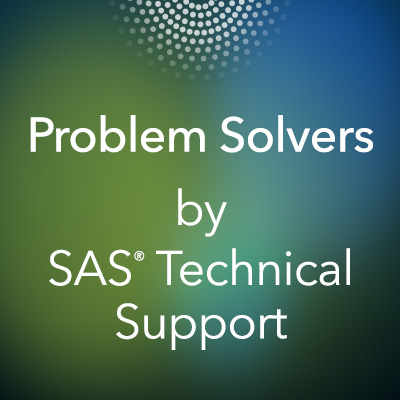WHAT RESPONSIBILITIES DOES THE DATA SCIENTIST HAVE? : EpochResearch Institute India Pvt Ltd. (SASAuthorised Training : Ahmedabad | Bangalore)
We have already discussed some of the responsibilities of the data scientist: innovate, work collaboratively on a team. The primary responsibility of the data scientist is seen in the definition above, “applies this multidisciplinary skillset to solve business problems and create new approaches.” The other responsibilities are in support of this primary one, which is not as simple as it might sound. The programming languages are a required skill set because they are responsible to “collect, explore and identify the right data to be analyzed from internal and external sources.” The sources could be internal RDBMS platform, usually more than one Hadoop, Teradata, EMC or another Big Data platform unstructured data from a call center or from Twitter websites that need to be scraped real-time data feeds.
The collection process also requires cleaning (very few data sets are not messy), transforming, and coding as any ETL process would. Even before that, this task often requires finding new internal and external data sources, which may require the data scientist to think creatively about what could be considered data and to think of innovative ways to use data they already have.
Once the data is in hand, or in Hadoop, the data scientist has the responsibility to mine the data, understand “complex data attributes and constraints,” and ”[c]reate informative visualizations that intuitively display large amounts of data and/or complex relationships.” None of this is insight just for the sake of insight. These tasks must be guided by and directed towards what is valuable to the business as they turn the “data into new product offerings and improved monetization.” A data scientist must recognize that what they do has to drive “business impact through actionable analytic insight.”
The next task is applying the analytics to the data. We have already discussed the variety of analytical techniques that could be performed. Any and all of these are possible to use as long as it is appropriate for the setting and generates value to the business. Specific applications of analytics include “personal recommendations, machine learned search rankings, and email targeting algorithms”
“analyzing A/B test results, developing metrics and systems to monitor the ongoing quality of the models” “segmenting donors into interesting subgroups and modeling individual-level behavior such as giving, event participation, and volunteering” “providing robust analytics to develop new digital partnerships and enhance our ecommerce capabilities” “define new metrics and help drive feature teams to use the right metrics” “analyzing user and social behavior and determining patterns in the data” “perform sensitivity analysis on a variety of options, and recommend to senior leadership the best ways to move forward”
The “productionization” of analytics is an important part of the data scientist’s responsibilities, as well. They may do this on their own or work with software engineers or BI specialists to do so. They are responsible for maintaining the algorithms and updating them when they become out of date. Often the data scientist is still responsible for finding new data sources for or improving the analytics behind the algorithms in production. Where they spend most of their times depends on whether they favor more data or better algorithms. (Tawakol, 2012)
Finally, the data scientist is often responsible for presenting their results in many forums, primarily to the business units or production managers. These presentations may require training or communicating advanced computational, data and analytical concepts to a lay audience. They often also include “representing the institution in public forums, processional conferences, and publications.” Related to this is their continued education at these forums and conferences, as well as keeping up with publications and the literature. The data scientist is expected to be on the cutting edge of analytics so that their company can maintain the competitive advantage.
WHAT DOES THE DATA SCIENTIST PRODUCE?
However, not all the “problems” that data scientists solve are known ahead of time. Sometimes they have to discover what they do not know in the data, which is where the creativity and innovation again come to play. As Jason Kolb shows in the diagram below, their field is the intersection of things the company does not know and questions they are not asking. (Kolb)
Epoch Research Institute Links:
SAS Training & Placement Programs with Internship: Epoch Research Institute India Largest and Oldest #SASTraining Institute (#epochsastraining)
EPOCH RESEARCH INSTITUTE OFFERS:
Authorized SAS TRAINING | SAS CERTIFICATION | SOFTWARE PURCHASE | BUINESS CONSULTING | TECHNICAL SUPPORT ON SAS || SAS STAFFING SOLUTION
Label:
#SASELEARNING,#SASELEARNING,#SASONLINETRAINING,
#SASONLINETRAININGFORBEGINNERS,#LEARNSASPROGRAMMINGONLINE,
#SASCLINICALONLINETRAINING,#SASBASEONLINETRAINING
#BIGDATASASTRAININGEPOCH,#SASBIGDATATRAINING #EPOCHRESEARCHINSTITUTE, #SASTRAINING, EPOCH SAS FEEDBACK,
No comments:
Post a Comment